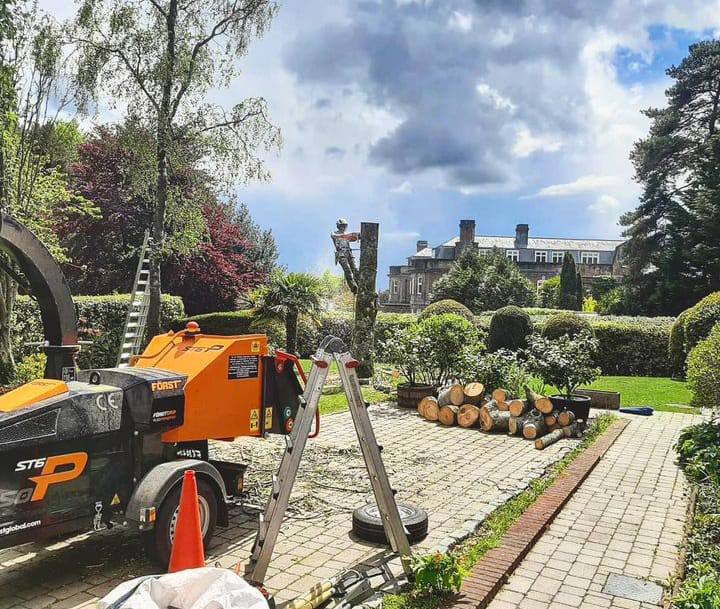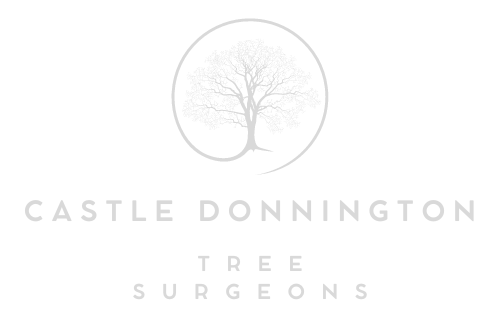How to Tell If Your Tree Needs a Full Reduction or Light Thinning
Maintaining the health and structure of your trees is essential for both safety and aesthetics, especially in residential and commercial settings. One of the most common decisions property owners face is whether a tree requires a full crown reduction or simply a light thinning. Knowing the difference is crucial to preserving the long-term health of your trees and the surrounding landscape. At Castle Donnington Tree Surgeons, we provide expert guidance and tree care across Castle Donnington, Leicestershire to help our clients make informed, effective decisions.
Understanding Crown Reduction vs. Crown Thinning
Before determining what your tree needs, it’s important to understand what each technique involves.
Crown Reduction
This is the process of reducing the overall size and height of a tree’s crown (its upper branches). It involves cutting back the outer branches to reduce the tree’s spread and shape while maintaining a balanced structure.
Typically used for:
- Trees encroaching on buildings, power lines or neighbouring properties
- Trees that have grown too large for their location
- Trees showing signs of structural weakness in upper limbs
Crown Thinning
This technique involves selectively removing smaller branches throughout the canopy to reduce density, without altering the overall shape or size of the tree.
Typically used for:
- Improving airflow and light penetration
- Reducing the weight of heavy limbs
- Minimising wind resistance
- Enhancing the appearance of an overcrowded canopy
Signs Your Tree May Need a Full Crown Reduction
1. Proximity to Structures or Utilities
If your tree has grown too close to a building, boundary fence, or overhead cable, a crown reduction can help reduce risk and create safe clearance.
2. Excessive Shading or Obstruction
When a tree’s crown becomes too large, it can overshadow gardens, block views, or interfere with solar panels. Reducing the crown helps to restore balance and usability in the space.
3. Evidence of Damage or Stress
Large branches with splits, cracks, or heavy end-weight may benefit from a reduction to alleviate stress and prevent failure.
4. Overgrown or Unbalanced Appearance
Trees that have grown disproportionately on one side or have become excessively tall may require reshaping through a crown reduction.
Signs Your Tree May Only Require Light Thinning
1. Dense, Shaded Canopy
If your tree is healthy but the canopy is overly thick, reducing internal density through thinning can improve light levels and promote undergrowth without reducing the tree’s size.
2. Wind Sails and Movement Issues
Trees with dense foliage can act like sails in strong winds. Thinning helps reduce wind resistance, which lowers the chance of branches snapping or the tree being uprooted.
3. Dead or Crossing Branches
Selective thinning is ideal for removing minor deadwood, crossing limbs, or weak branches, enhancing airflow and reducing the risk of fungal diseases.
4. Aesthetic Maintenance
Sometimes, thinning is performed simply to improve the tree’s structure and appearance, keeping the tree tidy while maintaining its natural shape.
How Castle Donnington Tree Surgeons Can Help
At Castle Donnington Tree Surgeons, we offer expert assessments to determine the most suitable tree surgery method for each situation. Serving clients throughout Castle Donnington, Leicestershire, we consider a wide range of factors including:
- Tree species and natural growth patterns
- Site conditions and proximity to structures
- Tree health, maturity, and root stability
- Local council tree preservation regulations
Our experienced arborists ensure that all pruning work is carried out in accordance with British Standard BS3998 for Tree Work, maintaining tree health and encouraging sustainable growth.
Our Services Include:
- Full crown reductions and reshaping
- Light crown thinning and internal pruning
- Risk assessments and tree reports
- Tree preservation advice and ongoing care plans
Conclusion
Determining whether your tree needs a full crown reduction or light thinning is best done with the guidance of a qualified tree surgeon. Each tree is unique, and the wrong approach can lead to long-term damage or safety risks. At Castle Donnington Tree Surgeons, we offer honest, tailored advice and professional services across Castle Donnington, Leicestershire to help you maintain healthy, safe, and beautiful trees.
If you’re unsure which option is right for your trees, contact Castle Donnington Tree Surgeons today to schedule an expert consultation and ensure the best outcome for your landscape.
Call us on: 01332 215 696
Click here to find out more about Castle Donnington Tree Surgeons
Click here to complete our contact form and see how we can help with your tree’s needs.

